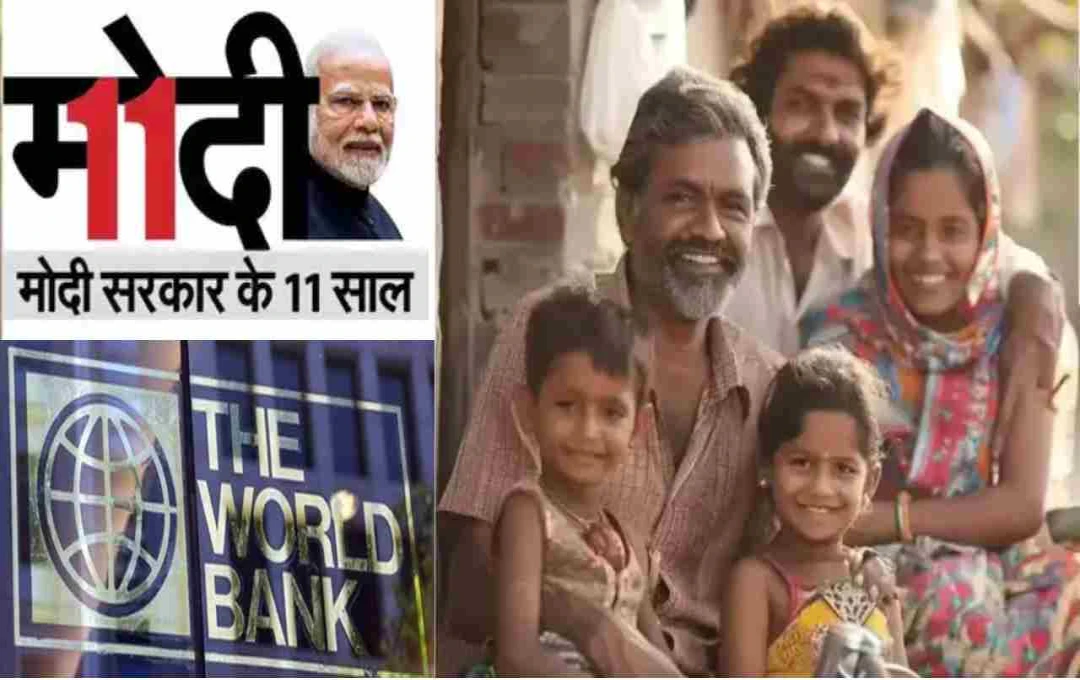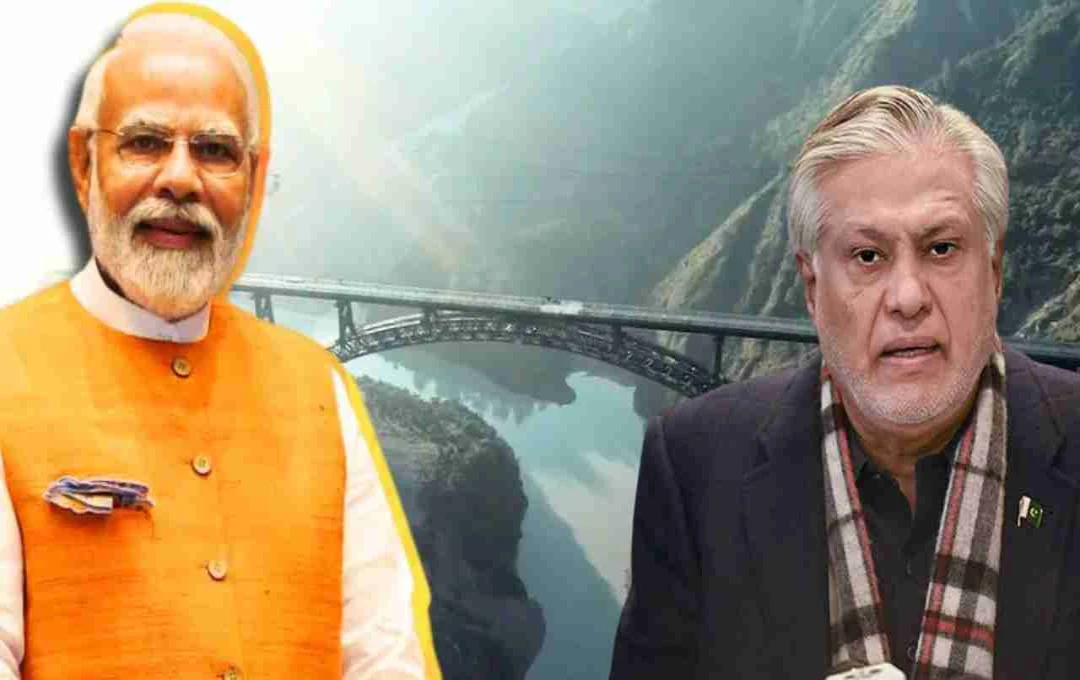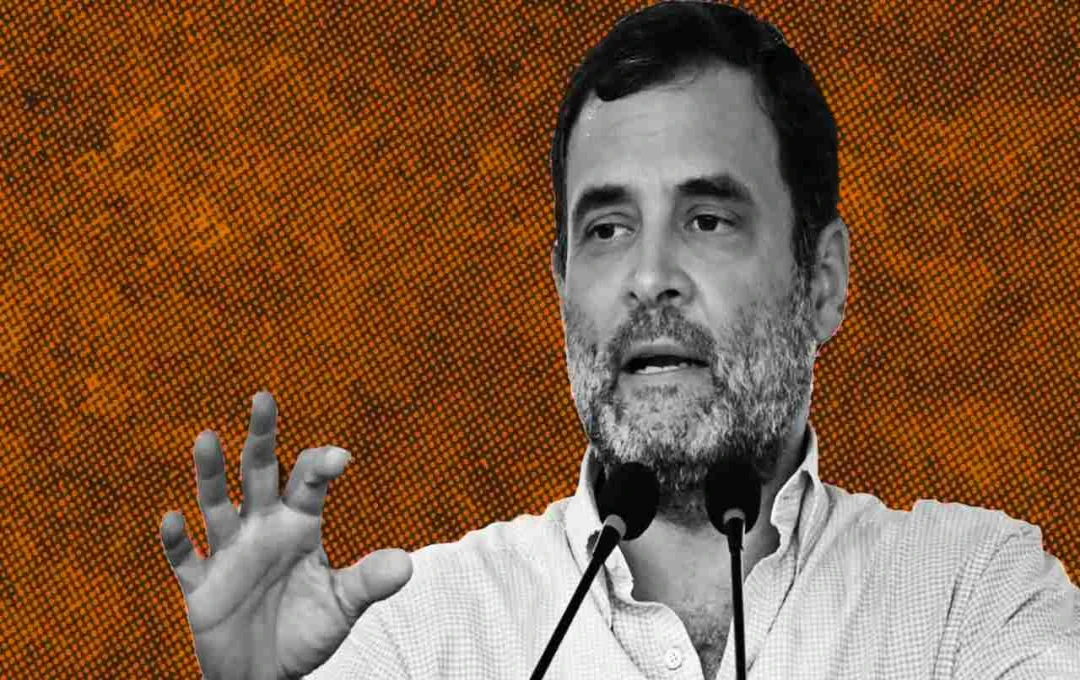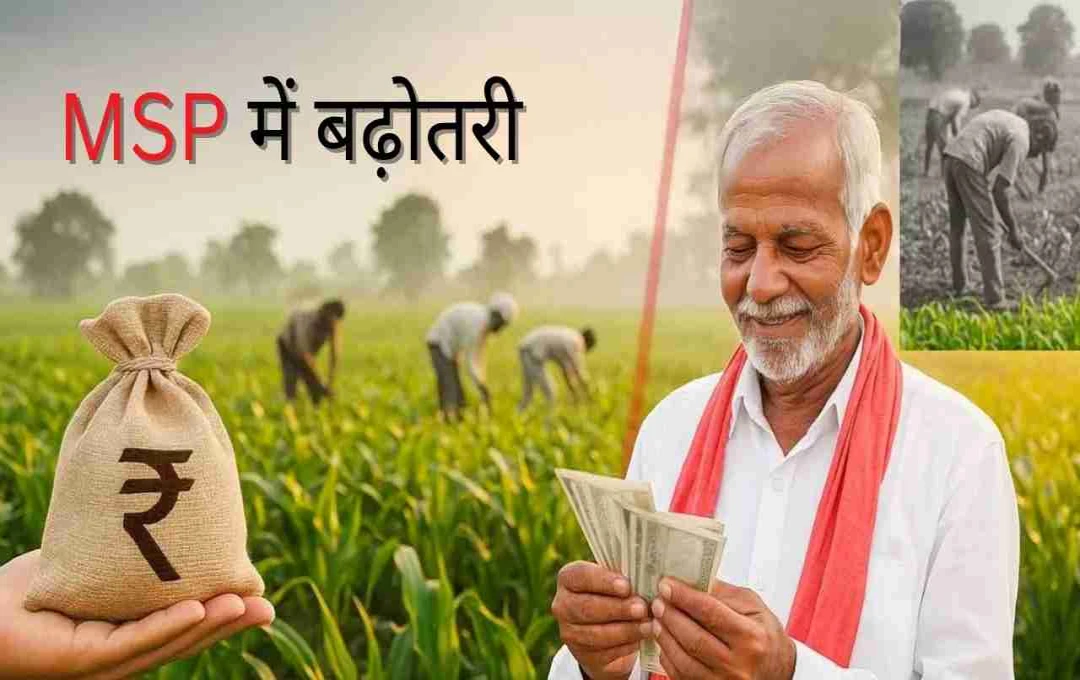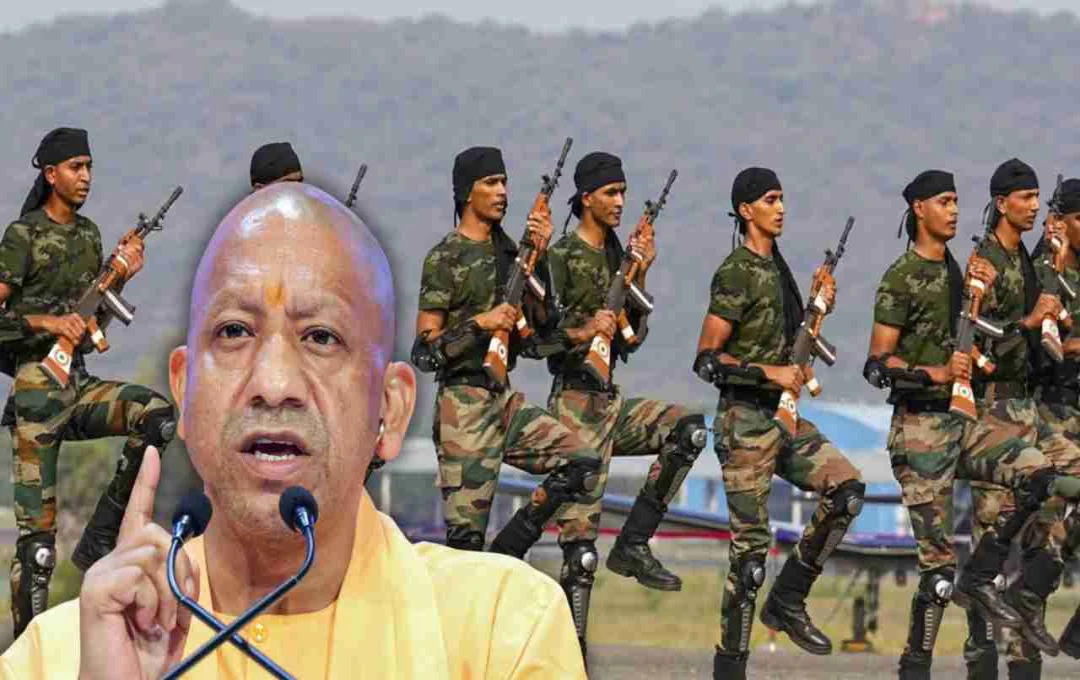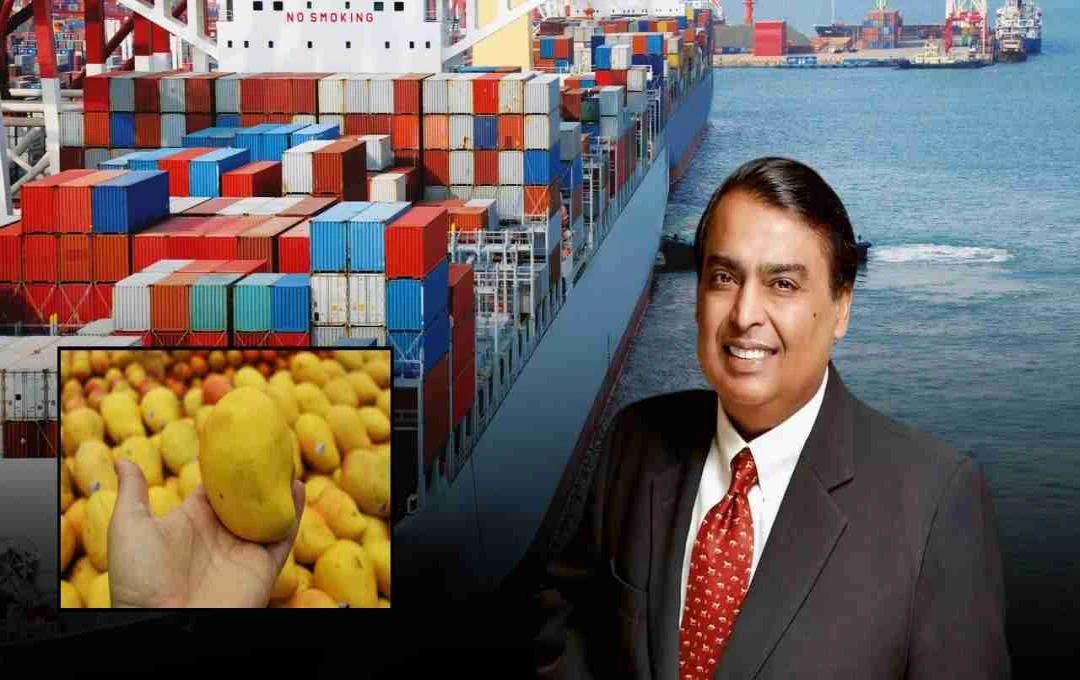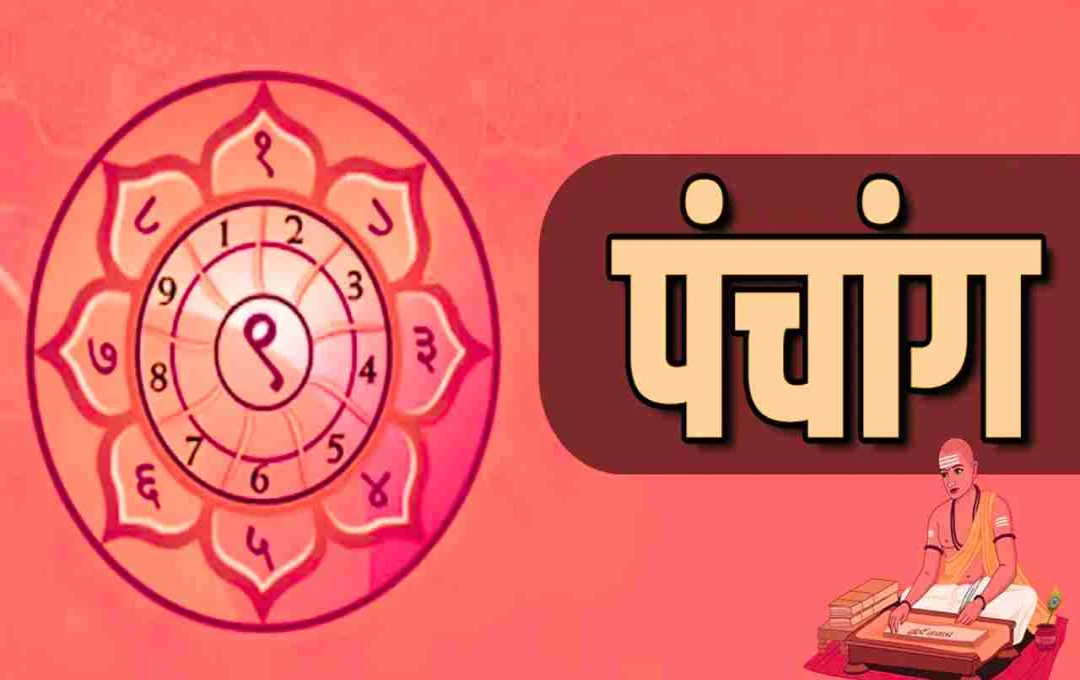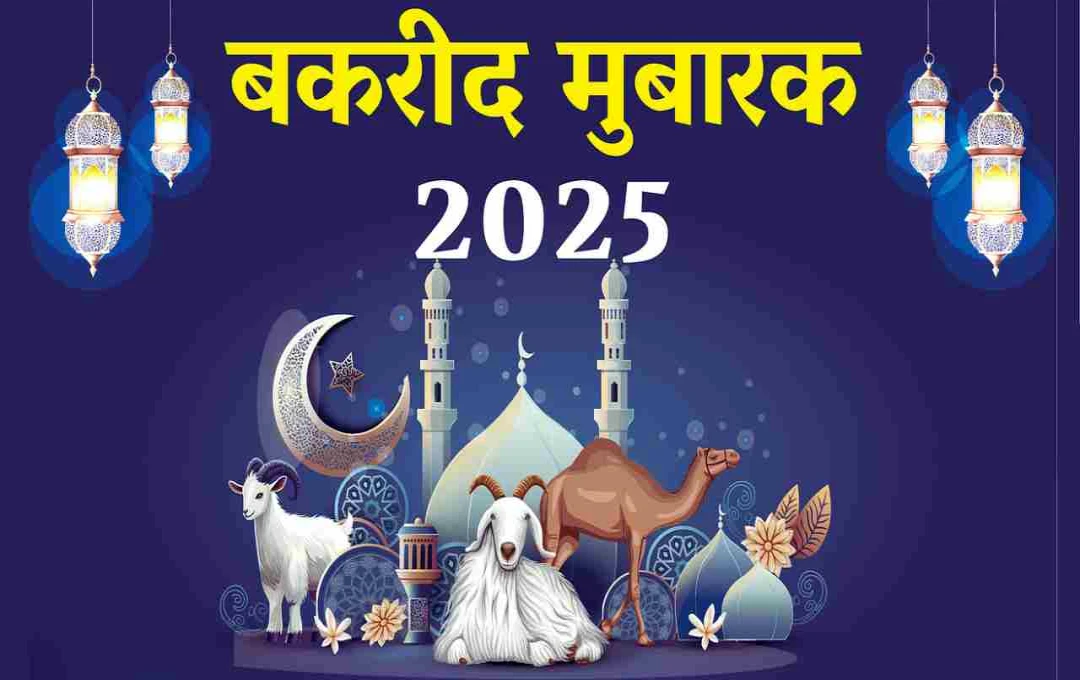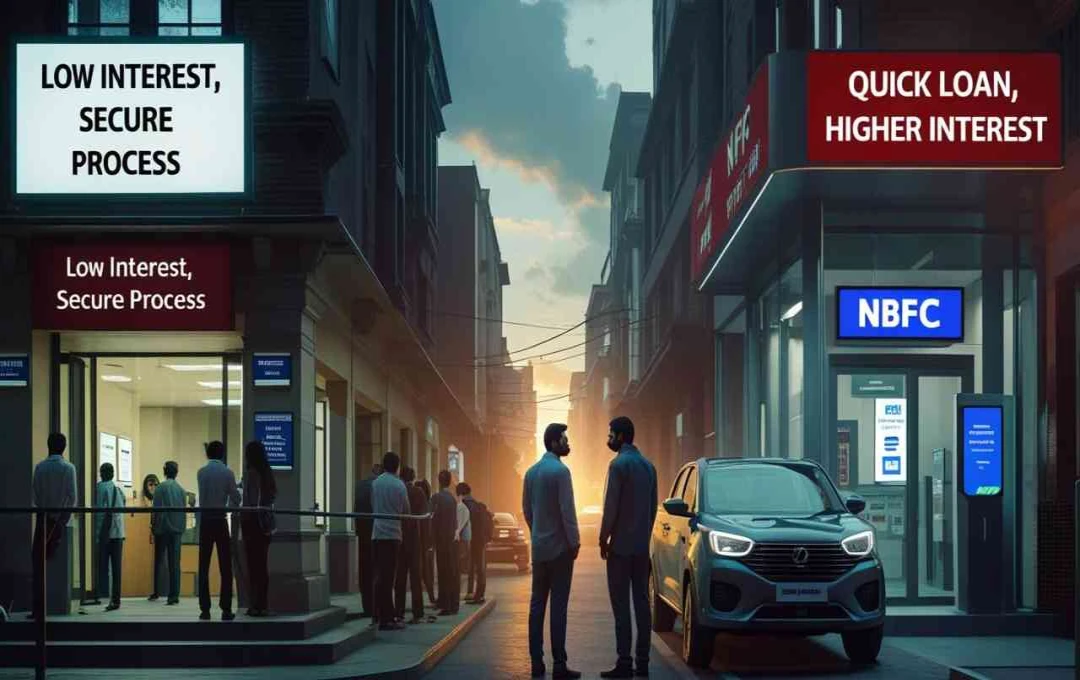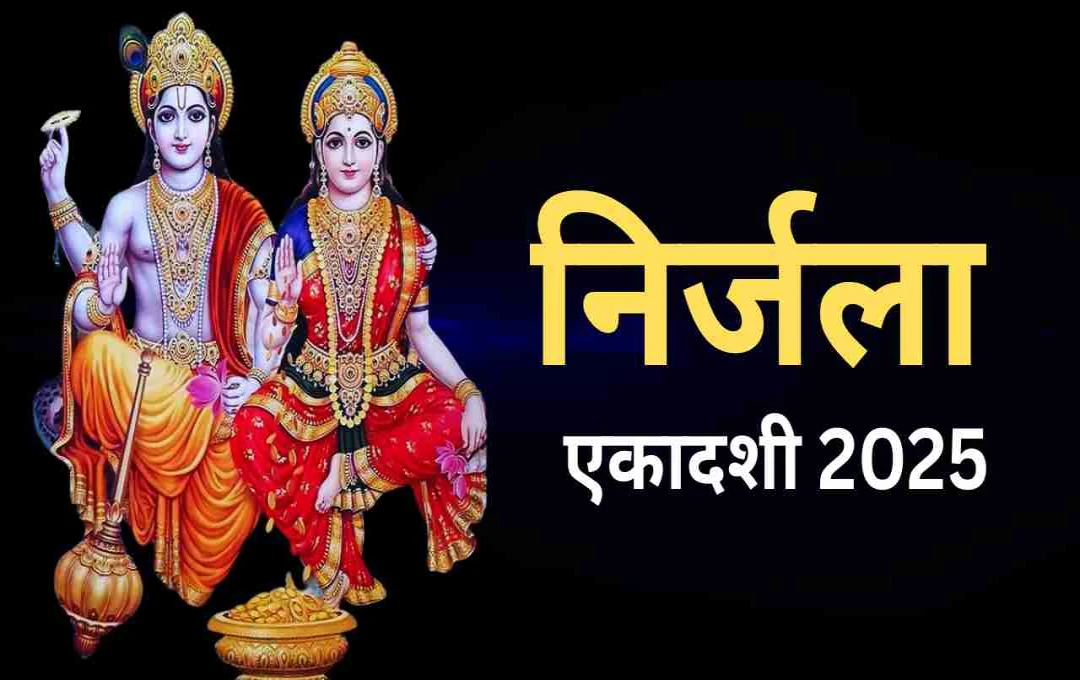Under Prime Minister Narendra Modi's leadership, India has achieved historic success in poverty reduction over the past 11 years. According to a recent World Bank report, India lifted approximately 269 million people out of extreme poverty between 2011-12 and 2022-23.
New Delhi: The Modi government's 11-year tenure has witnessed a significant decline in poverty levels across the country. According to recent World Bank data, Prime Minister Narendra Modi's visionary policies and inclusive development programs have resulted in a remarkable success in the fight against extreme poverty. While the country's extreme poverty rate stood at 27.1 percent in 2011-12, it has plummeted to a mere 5.3 percent by 2022-23.
During this period, the number of people in India living below the extreme poverty line decreased from 344.47 million to 75.24 million. This means that approximately 269 million people have been lifted out of extreme poverty in the last 11 years.
Sharp Decline in Extreme Poverty
The World Bank report indicates that India's extreme poverty rate was 27.1% in 2011-12, which decreased to only 5.3% by 2022-23. This decline is not only sustained but also demonstrates the effectiveness of the central government's poverty alleviation programs. In 2011-12, about 344.47 million people in the country were living in extreme poverty, while by 2022-23, this number had dropped to just 75.24 million. In other words, approximately 269 million people have been lifted out of poverty in the past 11 years.
Five States Play a Crucial Role
According to the World Bank report, states like Uttar Pradesh, Bihar, Maharashtra, West Bengal, and Madhya Pradesh housed 65% of India's poor in 2011-12. However, these same states contributed the most to poverty reduction. Their state-level programs, combined with central government initiatives, led to a significant decrease in poverty figures.

Improvements in Both Urban and Rural Areas
- The reduction in poverty was not limited to urban areas; rural areas also saw significant improvements.
- Extreme poverty in rural areas was 18.4% in 2011-12, decreasing to 2.8% in 2022-23.
- In urban areas, this rate decreased from 10.7% to a mere 1.1%.
- This clearly demonstrates that inclusive development and opportunities for all have reached even the most marginalized sections of society.
Significant Decline in Multidimensional Poverty
India has not only made impressive strides in income-based poverty but also in multidimensional poverty (MPI).
- In 2005-06, the MPI was 53.8%, which decreased to 16.4% in 2019-21 and further to 15.5% by 2022-23.
- This is measured based on education, health, and living standards.
Major Modi Government Schemes in Poverty Alleviation
Prime Minister Narendra Modi adopted the mantra of 'Opportunities for All, Development for All' for poverty eradication. Some key schemes that have realized this goal:
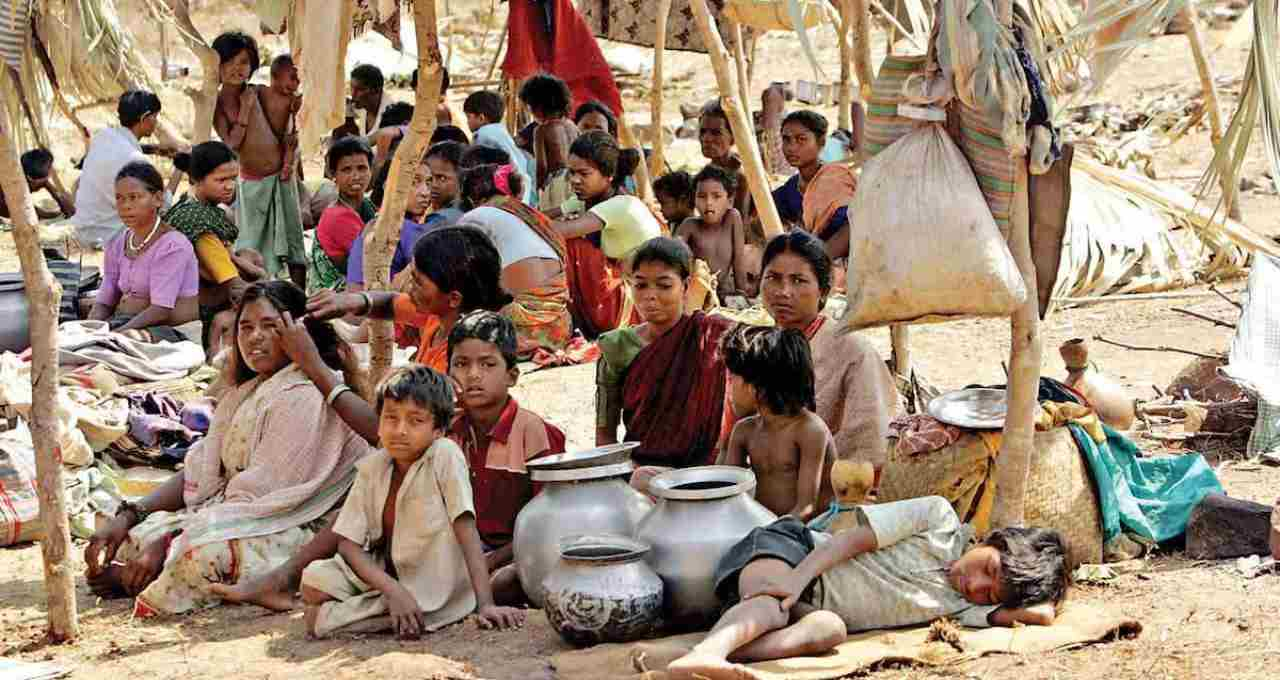
- Pradhan Mantri Awas Yojana: A historic scheme to provide pucca houses to the poor.
- Ujjwala Yojana: Providing free gas connections and clean fuel to women.
- Jan Dhan Yojana: Connecting millions of poor people to the banking system.
- Ayushman Bharat: Providing free health insurance to over 500 million people.
- Digital India and DBT: Subsidies and scheme benefits directly reached beneficiaries, reducing corruption.
- All these schemes have played a decisive role in poverty eradication and have given new momentum to economic inclusion.
The Modi government's digital initiatives helped deliver government assistance directly to beneficiaries. This not only prevented misuse of benefits but also enabled millions to receive scheme benefits quickly. Digital infrastructure played a major role in lifting over 250 million people out of poverty.
